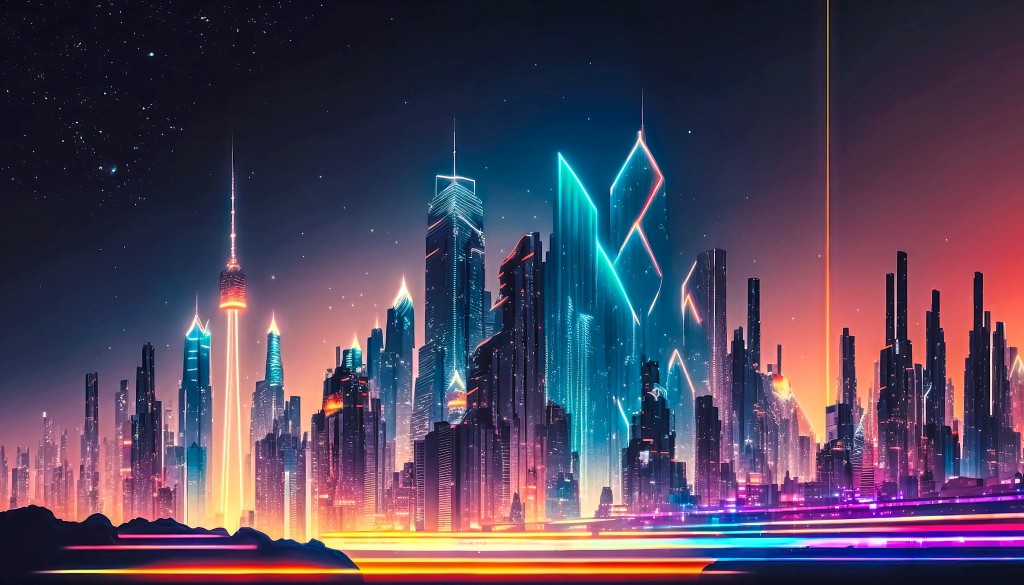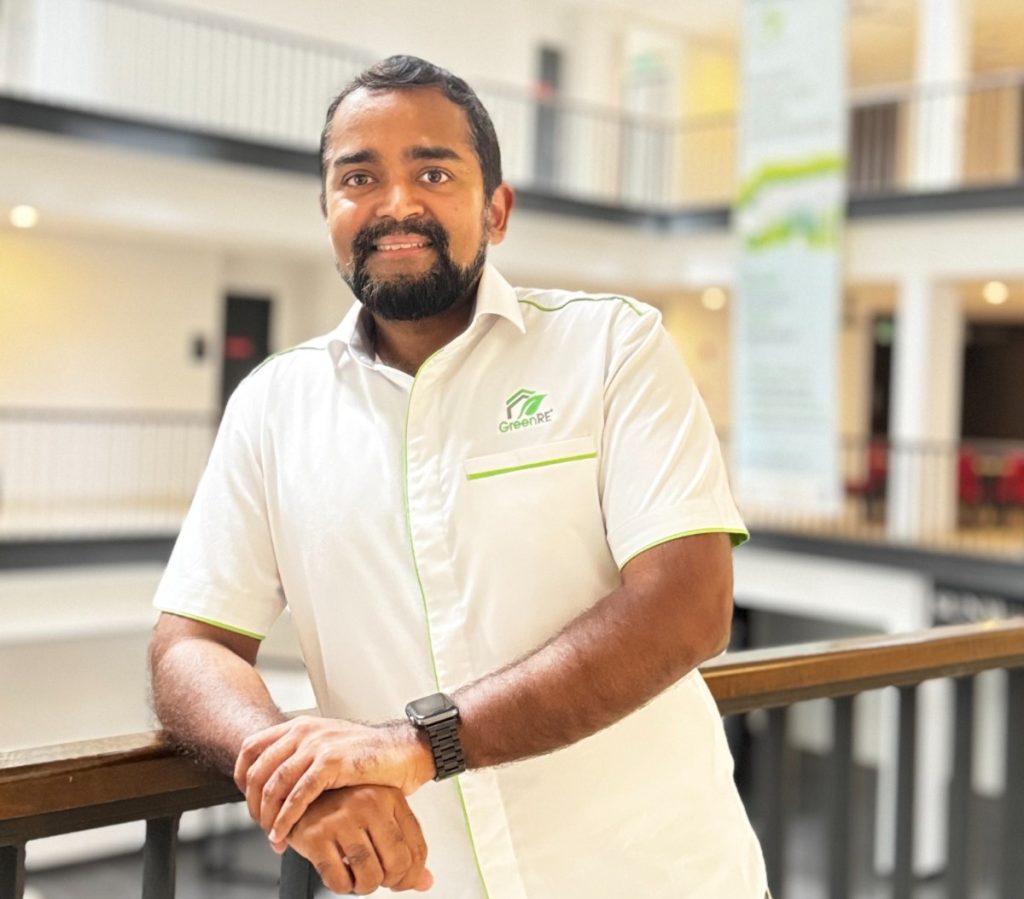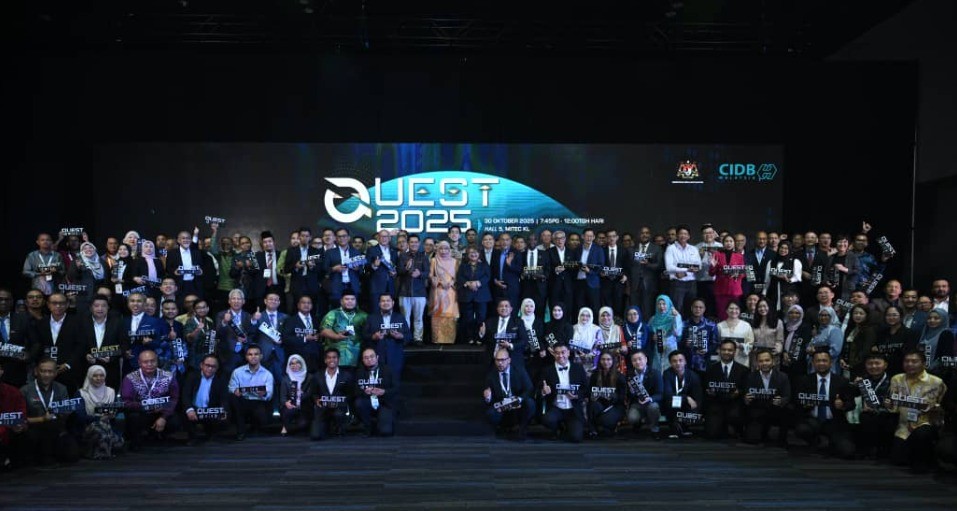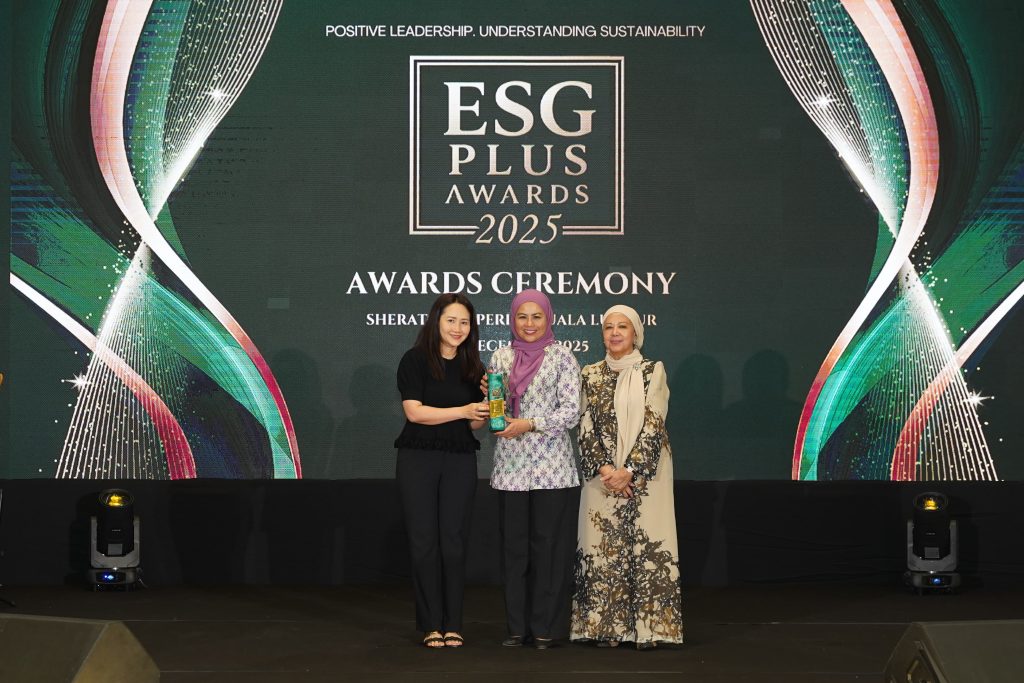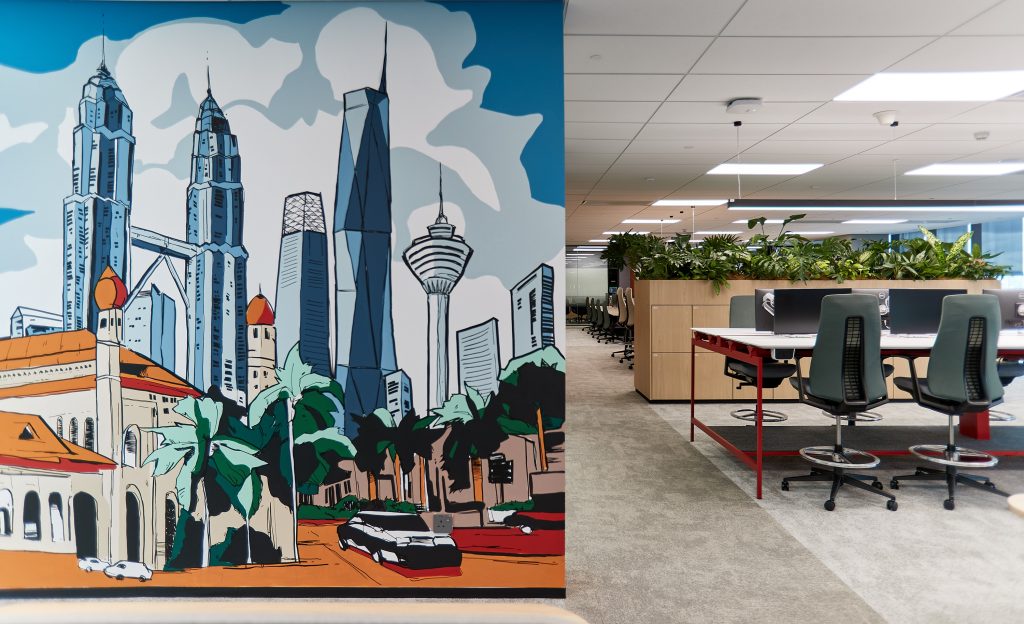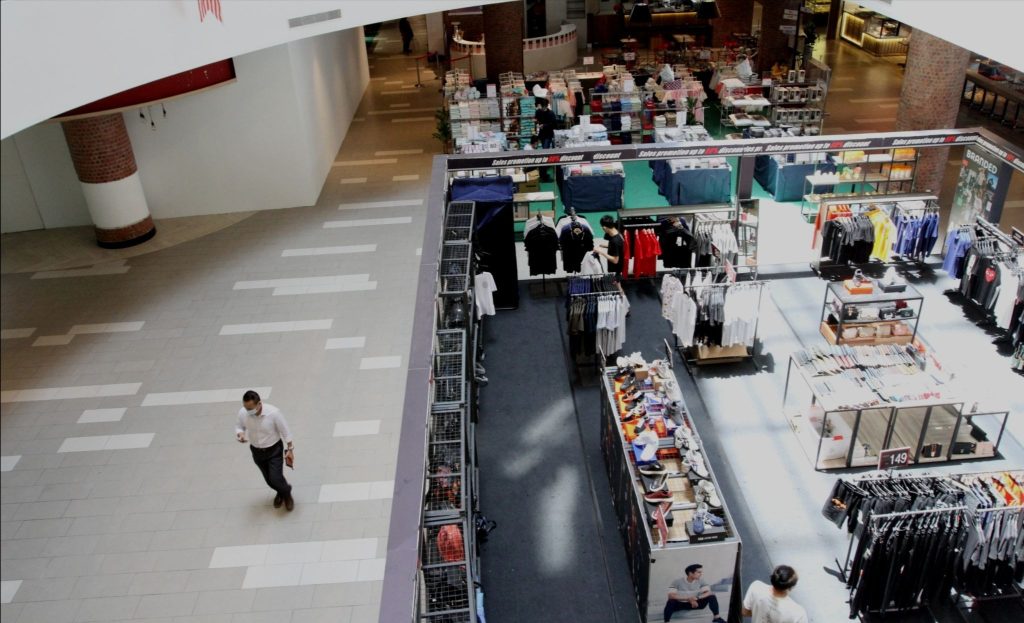Pioneering the urban paradigms for the future
By Joseph Wong
In an era marked by rapid urbanisation and unprecedented technological advancements, the concept of limitless cities has emerged as an ambitious and transformative vision for the future. These visionary metropolises transcend conventional boundaries, pushing the boundaries of human imagination and sustainable development.
Embodied by innovative architecture, smart infrastructure and eco-conscious initiatives, limitless cities present a glimpse into a world where urban living embraces boundless possibilities. This concept is not exactly new as many cities around the world who have experienced urban sprawl can attest.
Limitless cities was first coined in a book about 20 plus years ago, said Malaysian Institute of Architects (PAM) immediate past president and architecture futurist Sarly Adre Sarkum. “Limitless cities, often associated with urban sprawl, embody both opportunities and challenges. On one hand, expansive urban development promises abundant resources, economic growth, and diverse experiences. However, the detrimental effects of urban sprawl cannot be ignored. The uncontrolled expansion of cities leads to inefficient land use, increased traffic congestion and the depletion of natural resources,” he said.
And traffic congestion, something that city dwellers are familiar with, caused by urban sprawl choke the arteries of cities, leading to frustrating delays, increased pollution and diminished quality of life for commuters.
On a positive note, the modern concept of limitless cities takes into account the negative aspects of urban sprawl and goes beyond traditional urban development paradigms. The new limitless city is a concept that addresses the negative impact of urban sprawl, said VERITAS Design Group director Alif Arif Iskandar Abd Wahab.
"Urban sprawl typically involves the expansion of cities into undeveloped or rural areas, leading to increased infrastructure costs, traffic congestion, environmental degradation and a fragmented community. Hence to tackle urban sprawl, a limitless city would employ various strategies such as compact development, smart growth principles, urban revitalisation, green infrastructure and regional planning," he said.
What are the key elements that define limitless cities? What benefits do they offer and the challenges they face? As the governments of the world journey towards reshaping the urban landscape for generations to come, there are still many lessons to be learned.
Limitless cities are ambitious, interconnected and dynamic environments that blend human ingenuity with technological prowess. Such cities prioritise inclusivity, efficiency and environmental harmony. Incorporating advanced technologies like artificial intelligence (AI), the Internet of Things (IoT) and clean renewable energy solutions, limitless cities seek to enhance the quality of life for residents while mitigating the environmental impact of urbanisation.
Enabling Sustainable Urban Living
At the heart of limitless cities lies an unwavering commitment to sustainability. By embracing green building practices, renewable energy sources and eco-friendly transportation systems, these cities aspire to minimise their carbon footprint and contribute to the global effort to combat climate change. Urban planners and architects collaborate to create energy-efficient structures, vertical gardens and green spaces that promote biodiversity, allowing inhabitants to experience nature even in the midst of a bustling urban setting.
Coupled with the zero carbon by 2050 agenda, the worldwide drive to save the environment has sparked the adoption of sustainable roadmaps and practices in many nations, including Malaysia. In the construction industry in particular, a great deal of attention has been paid to the construction of green buildings. With the help of rating tools such as the Green Building Index (GBI), GreenRE and MyCREST, hundreds of buildings have been guided on the path of energy efficiency and certified as green buildings that emit lower volumes of greenhouse gases (GHG).
Limitless cities thrive on cutting-edge technologies that optimise urban operations and enhance the quality of life. Smart grids regulate energy distribution, reducing waste and costs. Intelligent traffic management systems ease congestion and improve mobility. Residents benefit from an interconnected ecosystem where data-driven services offer real-time information about transportation, weather and community activities, fostering a more connected and engaged society.
“Through compact development, the limitless city fosters density and diversity, cultivating vibrant neighbourhoods teeming with life. Smart growth principles illuminate the path forward, guiding the city towards sustainable land use and efficient transportation systems,” Alif said.
It is not just about building or the expansion of a city but the proliferation of life within the metropolis. Injecting life into cities is a dynamic process that breathes new energy, creativity and vitality into urban spaces, creating environments where communities thrive. By reimagining neglected areas, repurposing underutilised buildings and fostering a sense of place, cities can be transformed into vibrant hubs of social, cultural, and economic activity (see page 2 story).
“Its very essence lies in the rejuvenation of existing urban areas, breathing new life into forgotten corners and repurposing idle spaces to forge a renewed sense of community,” Alif added. This entails the activation of public spaces with art installations, pop-up markets and community events, encouraging interaction, connectivity, and a sense of belonging.
Fostering Inclusive Communities
Diversity and inclusivity lie at the core of limitless cities. By promoting mixed-use developments and affordable housing options, these cities create spaces that accommodate people from all walks of life. Public amenities are designed to be accessible to everyone, irrespective of age, ability, or socioeconomic background. Moreover, they encourage community engagement and active citizenship, nurturing a sense of belonging and collective responsibility.
“Building design should embrace elements of social responsibility as well. It can have disabled-friendly amenities, have features or details that promote well-being, comfort or productivity, and maintain some cultural or heritage value of the site,” said CIDB sustainability unit manager Fuhairah Ahmad Fuad.
Alif agreed with Fuhairah: “Within the limitless city, green infrastructure flourishes—a testament to the harmonious coexistence of nature and urbanity. Lush parks, green roofs, and urban gardens emerge as green sanctuaries, tempering the concrete jungle's relentless heat and cleansing the air we breathe.
“Regional planning unites neighbouring municipalities, laying the foundation for coordinated growth and ensuring the preservation of invaluable resources. In the limitless city, the restless sprawl yields a tapestry of integrated design and human-scale environments. It is a city that shatters the confines of conventional thinking, embracing the boundless potential of sustainable development,” he said.
While the vision of limitless cities is alluring, achieving such grand aspirations poses significant challenges. Integrating advanced technologies and reshaping existing infrastructure require substantial investments. Ensuring that the benefits of progress are distributed equitably can be a complex task. Balancing the demands of urban growth with ecological conservation may present conflicting interests. Additionally, addressing issues related to data privacy, security and governance becomes crucial as technology assumes a greater role in city operations.
Limitless cities are more than just urban utopias. They represent a call to action for humanity to reimagine urban living, leverage technology for the greater good and embrace sustainable practices for a brighter future.
“It is not how much we expand our cities but rather how we expand and grow. Fundamentals such as getting densities right and the implementation of relevant sustainability elements combined with good urban design will go a long way in combating urban sprawl and creating more liveable, vibrant cities for future generations,” Sarly said.
As the nation moves towards the realisation of these groundbreaking urban paradigms, it is vital to keep sight of the values that define limitless cities: inclusivity, sustainability and innovation. By combining human creativity with technological brilliance, cities can be built to truly know no bounds and pave the way for a new era of urban excellence.

Malaysian Institute of Architects (PAM) President Sarly Adre Sarkum who also called for clarity on the government’s plans for Carcosa Seri Negara.

Alif Arif Iskandar Abd Wahab is a director of VERITAS Design Group and has extensive experiences in many landmark and award-winning projects enabling him to develop a keen sense of aesthetics that marries form, function and buildability.
SIDEBAR: Grants to revitalise downtown KL
Think City, in collaboration with Kuala Lumpur City Hall (DBKL), has recently activated its Creative KL Grants Programme and Creative KL Urban Challenge as part of their joint efforts to rejuvenate the city. These initiatives align with the government's commitment to creating livable, resilient and sustainable cities that prioritise the well-being and quality of life for Malaysians, as outlined in Budget 2023.
Kuala Lumpur mayor Datuk Kamarulzaman Mat Salleh said these initiatives offer an opportunity for people from all walks of life to actively participate in revitalising downtown Kuala Lumpur and transforming it into a creative and cultural district.

Jalan Alor, Jalan Rumbia and Changkat Bukit Bintang in the capital, used to be known as black spots and now the atmosphere turns into a beautiful and interesting area. — MUHAMAD SHAHRIL ROSLI/The Star
This endeavour is part of the third memorandum of understanding signed between DBKL and Think City, aiming to strengthen Kuala Lumpur as a creative destination and enhance its livability and space activation, among other objectives.
Think City managing director Hamdan Abdul Majeed said the organisation is dedicated to improving the livability of cities. Recognising the potential of the creative economy in shaping vibrant cities, Think City aims to provide financial support, resources and opportunities to individuals and organisations involved in the creative and cultural sectors, as well as other industries that contribute to the growth of Kuala Lumpur as an artistic and expressive destination that celebrates art, design, music and various forms of creative expression.
The Creative KL Grants Programme focuses on safeguarding and promoting the rich cultural heritage of downtown Kuala Lumpur. It aims to revitalise underutilised and undervalued cultural heritage assets, empower local communities through capacity-building initiatives and community programs, stimulate the establishment of cultural and creative hubs within the city and foster knowledge sharing and collaboration among various stakeholders.
The challenge aims to bring together citizens, universities, creative practitioners, professionals, designers, innovators, urban planners, developers, and programmers to collaborate and design innovative urban solutions. The goal is to improve downtown Kuala Lumpur and enhance the lives of its residents.
For more information about these initiatives and to apply, interested individuals can visit the website thinkcity.com.my.
Stay ahead of the crowd and enjoy fresh insights on real estate, property development, and lifestyle trends when you subscribe to our newsletter and follow us on social media.

